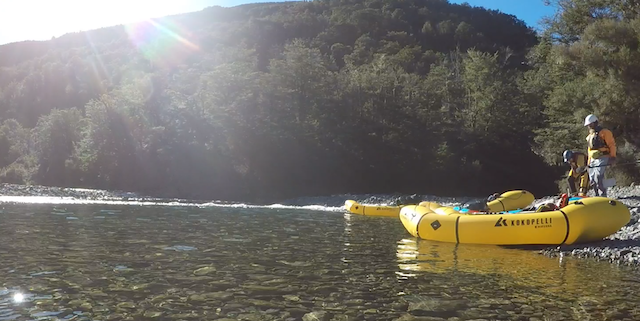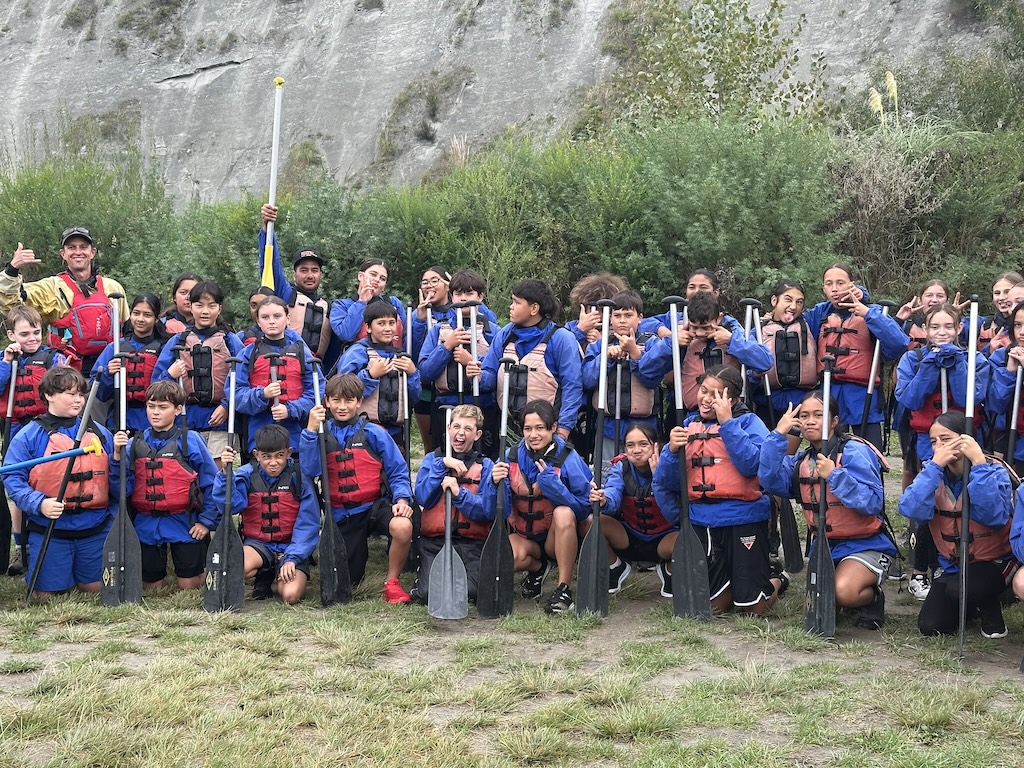Having lived and worked on the mighty Rangitīkei River for my whole life, I have long considered finding the source of the river and making the journey from there to the salty shores of the Tasman.
Last off-season, a crew of us — most of us with lifelong connections to the river — embarked on this very mission. Our crew consisted of long-time resident but traitor to the Rangitīkei, Tim Marshall, who cut his teeth on the river as a grommett; Mark Eames, the team vet, born and bred on the river; Mangaweka raft guide and manager of the river Dean Griffiths; packrafting guru and rafting guide Sam ‘Muel’ Jones; and myself, the trekking specialist.
A couple of hurdles impacted our access to the source. Cyclone Gabrielle blocked the quickest and easiest path in via Kiko Road, adding another day and more than a few hundred vertical metres to the plan. With the source locked up in private land and access difficult during trophy trout fishing season, we were limited to starting our trip in May — losing a couple of the more comfortable degrees of alpine temperatures.
The summit of Ngapuketurua gave us our first glimpse of the Rangitīkei. Quite a spot really — a wrong ridge here could send you to the port of Waikato, the Bay of Plenty, or Hawke’s Bay. The view north offered a panorama of Lake Taupō and the Z in Tūrangi.
We followed the trickle that was the source of the Rangitīkei for half a day before it became just big enough to inflate our packrafts — a welcome proposition to this non-walker.

The packrafting leg was three days of remote and spectacular Kaimanawa backcountry. Sika deer and massive trout were the standout fauna; tussock and beech the flora. The low river meant a fair bit of ‘walking the dog’ and numb feet from the nippy water.
The last day, while a long one, had plenty of interesting whitewater and ended at Springvale — road access giving us the opportunity to transfer into the more comfortable 14-foot self-bailers. Although a tad big for the 8 cumecs through the Grade 5 section, they were the most relaxing mode of transport of the journey.

The rafting took us through the spectacular Mokai Gorge and down to Awastone at Mangaweka. We were a bit knackered and mindful that we were only halfway, but we made a little use of the bar at Awastone regardless.


The last kilometres of the river had nothing more than Grade 2, so in the interest of speed we changed river craft and finished the river in Barracuda multisport/sea kayaks. Two days of pretty slow water, but a nice change of scenery with open skies and loads of birdlife.

10 days of awesome and ever-changing scenery, a good amount of whitewater, and a good bunch of old fellas to hang out with. Would be a stretch to claim it was a life-changing journey for me — but it was somewhat of a spiritual pilgrimage down the river I’ve spent my whole life on.





